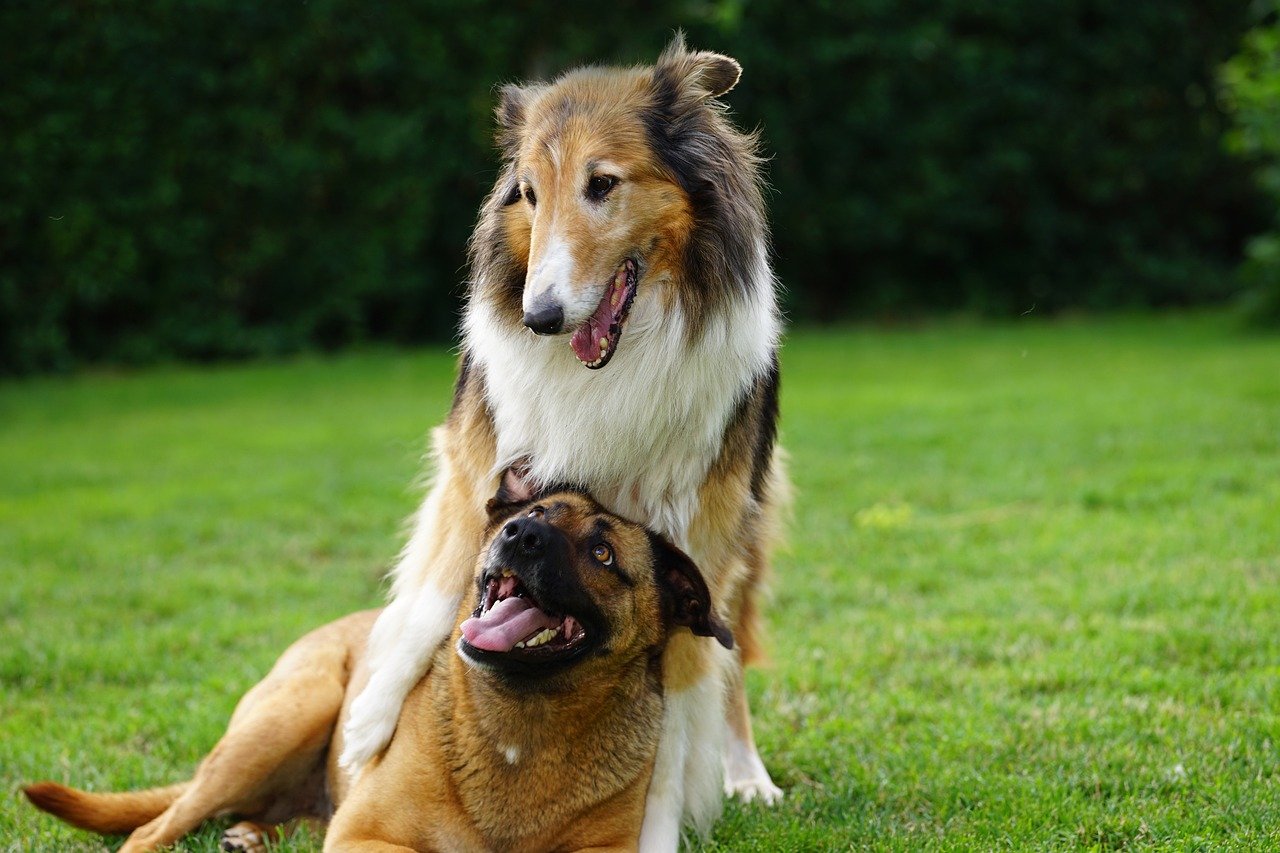Dogs, often dubbed as “man’s best friend,” have been cherished companions for centuries. Their loyalty, intelligence, and loving nature endear them to millions. In the United States, the bond between humans and dogs is particularly strong, with families often considering their furry friends as integral members. However, like any profound relationship, it is not without its complexities and challenges. There are several controversies surrounding our canine companions that spark debates across communities. These issues reflect broader societal concerns and often demand nuanced discussions. Let’s explore the eight most significant controversies surrounding dogs in the US, exploring their nuances and impacts.
Breed-Specific Legislation

Dogs are often considered beloved family members, but they’re not without controversy—especially in the United States, where debates over breeding practices, ownership laws, and ethical treatment spark heated discussions. From the ongoing debate over breed-specific legislation to the ethics of designer dog breeding, these issues divide opinions among dog lovers, experts, and lawmakers alike.
Breed-Specific Legislation (BSL) is a hot-button issue in many American communities. These laws aim to reduce dog attacks by targeting specific breeds deemed dangerous, like Pit Bulls or Rottweilers. Advocates argue that BSL can prevent attacks by controlling or banning breeds with a reputation for aggression. However, opponents highlight that these laws unfairly stigmatize certain breeds and fail to address the root causes of aggressive behavior, which often stem from poor training or neglect. Critics also point out that BSL can lead to the unnecessary euthanasia of dogs based solely on appearance rather than behavior. The debate continues, with passionate voices on both sides advocating for a balance between safety and fairness.
Puppy Mills and Animal Welfare
The term “puppy mill” evokes strong emotions among animal lovers. These large-scale commercial breeding facilities prioritize profit over the welfare of dogs, often leading to inhumane conditions. Dogs in puppy mills may suffer from overcrowding, inadequate medical care, and poor sanitation. These conditions can result in health issues for the puppies sold to unsuspecting families. Animal rights activists push for stricter regulations and encourage adopting from shelters or reputable breeders. While some states have implemented laws to curb puppy mills, the challenge remains in enforcing these regulations consistently. The ongoing battle against puppy mills highlights the need for more awareness and compassion in dog breeding practices.
Debate Over Raw Diets

Feeding dogs a raw diet, which typically includes uncooked meat, bones, and organs, has gained popularity among some pet owners. Proponents of raw diets argue that it mirrors the natural diet of wild canines and can lead to improved health, shinier coats, and increased energy. However, veterinarians and pet nutritionists often caution against this practice. They raise concerns about potential bacterial contamination, nutritional imbalances, and the risk of injuries from bones. The debate over raw diets underscores a broader conversation about pet nutrition, with dog owners striving to provide the best for their furry companions while navigating conflicting advice.
The Spay and Neuter Controversy
Spaying and neutering pets is a widely recommended practice to control the dog population and prevent unwanted litters. However, this practice is not without its controversies. Some dog owners and breeders argue that early spaying and neutering can lead to health issues, such as increased risks of certain cancers and joint problems. They advocate for delayed procedures or alternative methods of population control. On the other hand, animal shelters and rescue organizations emphasize the importance of spaying and neutering to reduce overpopulation and prevent the euthanasia of unwanted animals. This controversy highlights the tension between individual pet health and broader population control efforts.
Dog Parks and Public Safety

Dog parks are beloved spaces where dogs can socialize and exercise off-leash. However, they are not without controversy. Some dog owners express concerns about aggressive encounters between dogs, which can lead to injuries. There’s also the issue of unsupervised dogs and owners who may not intervene when necessary. Additionally, not all dogs are comfortable or well-behaved in these environments, leading to potential conflicts. Communities grapple with finding the right balance between providing these recreational spaces and ensuring safety for all users. The dog park debate reflects broader challenges in urban planning and community engagement.
Service Dogs and Accessibility

Service dogs play a crucial role in assisting individuals with disabilities, providing independence and support. However, the rise of fraudulent service dogs has sparked controversy. Some individuals misrepresent their pets as service animals, which can undermine the credibility and acceptance of genuine service dogs. This behavior can lead to stricter regulations and scrutiny, making it harder for those in genuine need to access public spaces with their service dogs. The controversy emphasizes the need for clearer guidelines and public education on the rights and responsibilities of service dog handlers.
Adoption vs. Buying from Breeders
The decision to adopt a dog from a shelter or purchase one from a breeder is a deeply personal choice, yet it is a topic of heated debate. Adoption advocates highlight the countless dogs in shelters awaiting loving homes, emphasizing the ethical implications of saving a life. Conversely, those who choose breeders often seek specific traits or breeds, valuing predictability in temperament and health. The controversy touches on themes of ethics, consumer choice, and the responsibilities of dog ownership. It challenges individuals to consider their values and the broader impact of their decisions.
Dog Training Methods

Training is essential for a well-behaved, happy dog, but opinions on the best methods vary widely. Positive reinforcement, which rewards good behavior, is favored by many modern trainers. However, some still advocate for dominance-based techniques, which can involve physical corrections. Critics argue that dominance-based methods can harm the human-dog bond and lead to fear-based behavior. The training debate reflects broader shifts in understanding animal behavior and the importance of compassion in pet ownership. It encourages dog owners to explore different approaches and find what works best for their individual pet.
The controversies surrounding dogs in the US are as diverse as the breeds themselves. They reflect broader societal issues and challenge us to consider our responsibilities as pet owners and community members. While opinions vary, the love and commitment to our canine companions remain a common thread, driving us to seek solutions that ensure their well-being and our shared harmony.

Esther is from India; the heartbeat of South Asia, holding a Master’s degree in Zoology and a postgraduate diploma in Animal Welfare. Her enthusiasm for animal welfare drives her passion and dedication to working for animals, ensuring their well-being, and advocating for their rights. With a solid academic background and hands-on experience, she is committed to making a positive impact in the field of animal welfare. In her free time, she enjoys embroidery and sewing. As a Chennaite from Tamil Nadu, Esther loves Bharathanatyam, an Indian classical dance form.





